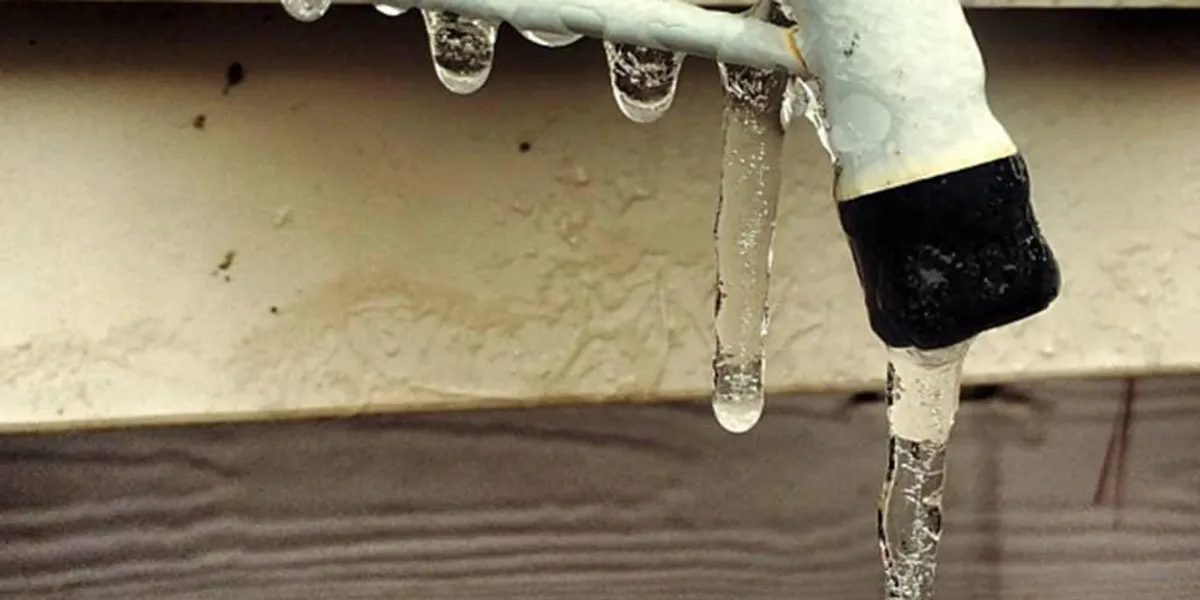Protect Against Frozen Pipes in Cold Weather: Professional Advice
Protect Against Frozen Pipes in Cold Weather: Professional Advice
Blog Article
Do you find yourself trying to locate suggestions involving How To Avoid Freezing Pipes?

Winter can damage your pipes, particularly by freezing pipes. Below's exactly how to prevent it from occurring and what to do if it does.
Introduction
As temperature levels decline, the risk of frozen pipes increases, possibly leading to pricey fixings and water damage. Comprehending how to avoid frozen pipes is important for property owners in chilly climates.
Avoidance Tips
Insulating prone pipes
Cover pipes in insulation sleeves or utilize warmth tape to safeguard them from freezing temperatures. Focus on pipes in unheated or external locations of the home.
Heating strategies
Maintain interior spaces properly heated up, particularly areas with pipes. Open cupboard doors to allow cozy air to circulate around pipelines under sinks.
Just how to determine icy pipelines
Search for decreased water flow from faucets, uncommon smells or noises from pipelines, and noticeable frost on exposed pipes.
Long-Term Solutions
Structural modifications
Take into consideration rerouting pipes far from outside wall surfaces or unheated areas. Include additional insulation to attics, cellars, and crawl spaces.
Upgrading insulation
Purchase high-quality insulation for pipelines, attics, and wall surfaces. Correct insulation assists keep constant temperature levels and decreases the risk of frozen pipes.
Protecting Outdoor Pipes
Garden hoses and outside taps
Separate and drain pipes garden pipes before winter season. Set up frost-proof spigots or cover outside faucets with insulated caps.
Comprehending Frozen Pipes
What triggers pipes to freeze?
Pipelines ice up when revealed to temperatures below 32 ° F (0 ° C) for extended durations. As water inside the pipelines ices up, it broadens, putting pressure on the pipeline wall surfaces and potentially causing them to rupture.
Risks and damages
Icy pipelines can bring about supply of water interruptions, building damage, and costly repair services. Burst pipelines can flooding homes and cause comprehensive structural damages.
Indicators of Frozen Pipes
Identifying icy pipes early can prevent them from breaking.
What to Do If Your Pipes Freeze
Immediate activities to take
If you presume icy pipes, keep faucets open up to relieve pressure as the ice thaws. Utilize a hairdryer or towels soaked in warm water to thaw pipelines slowly.
Conclusion
Protecting against icy pipelines requires proactive actions and quick reactions. By understanding the reasons, signs, and preventive measures, home owners can secure their pipes during cold weather.
5 Ways to Prevent Frozen Pipes
Drain Outdoor Faucets and Disconnect Hoses
First, close the shut-off valve that controls the flow of water in the pipe to your outdoor faucet. Then, head outside to disconnect and drain your hose and open the outdoor faucet to allow the water to completely drain out of the line. Turn off the faucet when done. Finally, head back to the shut-off valve and drain the remaining water inside the pipe into a bucket or container. Additionally, if you have a home irrigation system, you should consider hiring an expert to clear the system of water each year.
Insulate Pipes
One of the best and most cost-effective methods for preventing frozen water pipes is to wrap your pipes with insulation. This is especially important for areas in your home that aren’t exposed to heat, such as an attic. We suggest using foam sleeves, which can typically be found at your local hardware store.
Keep Heat Running at 65
Your pipes are located inside your walls, and the temperature there is much colder than the rest of the house. To prevent your pipes from freezing, The Insurance Information Institute suggests that you keep your home heated to at least 65 degrees, even when traveling. You may want to invest in smart devices that can keep an eye on the temperature in your home while you’re away.
Leave Water Dripping
Moving water — even a small trickle — can prevent ice from forming inside your pipes. When freezing temps are imminent, start a drip of water from all faucets that serve exposed pipes. Leaving a few faucets running will also help relieve pressure inside the pipes and help prevent a rupture if the water inside freezes.
Open Cupboard Doors
Warm your kitchen and bathroom pipes by opening cupboards and vanities. You should also leave your interior doors ajar to help warm air circulate evenly throughout your home.

I recently found that blog posting on How To Avoid Freezing Pipes while doing a lookup on the web. For those who enjoyed our blog entry plz don't forget to pass it around. Thanks for your time. Don't hesitate to stop by our blog back soon.
Source This Article Report this page